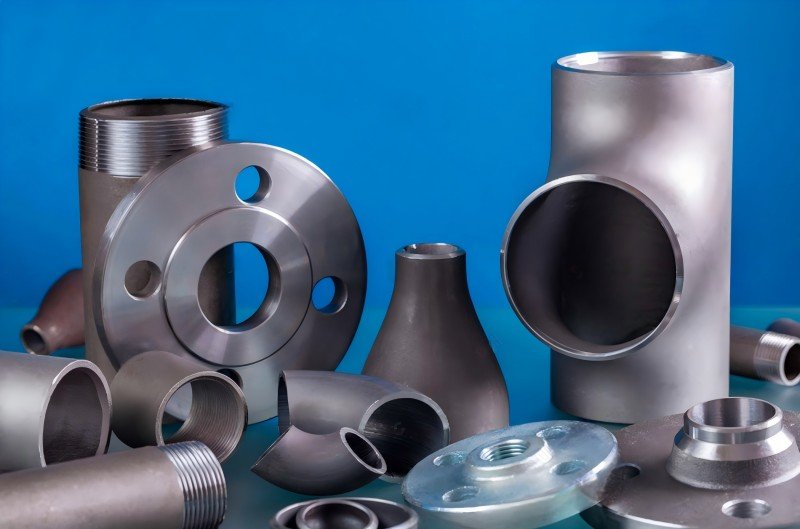Butt weld fittings are essential when it comes to designing a pipeline system for industrial, commercial, and even residential buildings. They are used to connect pipes of various sizes and shapes at different angles. Butt weld fittings offer great strength, durability, and leak-proof connections, making them the go-to option for most industries. However, not all butt weld fittings are made equal, and different types offer different levels of performance and functionality. In this blog post, we’ll delve into the different performance of butt weld pipe fittings to help you make an informed decision for your next project.
Different butt weld fitting materials
Butt weld fittings can be made from various materials such as carbon steel, stainless steel, and alloy steel, each with unique features. Steel fittings offer excellent strength and durability, but they are prone to corrosion, especially in humid and salty conditions. Stainless steel fittings, on the other hand, are corrosion-resistant and suitable for high-temperature applications. Alloy steel fittings are a combination of different materials, making them durable and resistant to wear and tear.

Different butt weld fitting shapes
Butt weld fittings come in various shapes such as elbow, tee, reducer, and cap, to mention a few. Each shape serves a specific purpose, and their performance varies depending on the application. For instance, elbow fittings are used to change the direction of flow in pipes, while tee fittings are used to branch out the pipeline system. Reducer fittings are used to transition between pipes of different sizes, while cap fittings are used at the end of the pipeline system.
Different butt weld fitting pressure classes
Butt weld fittings are classified based on their pressure ratings, which determine the maximum allowable pressure for the fitting. The most common pressure classes for butt weld fittings are class 150, class 300, class 600, and class 900. Class 150 fittings are suitable for low-pressure applications, while class 900 fittings can handle high-pressure and high-temperature applications. It’s essential to choose the right pressure class for your pipeline system to prevent leaks, disruptions, and accidents.
Different butt weld fitting manufacturing processes
Butt weld fittings can be manufactured using various processes such as hot forming, cold forming, and forging. Hot forming involves heating the material to a high temperature and shaping it using dies or molds. Cold forming involves shaping the material at room temperature, while forging involves compressing and shaping the material using a hammer or press. Each manufacturing process has its advantages and disadvantages, and the choice depends on the desired outcome.
Different butt weld fitting standards
Butt weld fittings are made according to various industry standards such as ASME B16.9, EN 10253, and MSS SP-75, to mention a few. Each standard specifies the design, dimensions, materials, and testing requirements for the fitting, ensuring that they meet the safety and performance requirements for the industries they serve. It’s essential to choose butt weld fittings that meet the relevant industry standards to ensure their performance and durability.
Conclusion:
Butt weld pipe fittings offer a reliable, leak-proof, and durable solution for piping systems in various industries. However, their performance varies depending on the material, shape, pressure class, manufacturing process, and industry standards. Therefore, it’s crucial to choose the right butt weld fitting for your project to ensure that it delivers the desired function, safety, and durability. If you’re unsure about the right butt weld fitting for your application, consult with a reputable supplier or manufacturer to guide you through the process.
#JSFITTINGS #RAYOUNG #STEELPIPE #FLANGE #STEELPIPE #MADEINCHINA #MANUFFACTURER #FACTORY #PIPEELBOW #PIPE REDUCER #INDUSTRYFLANGE
Email: admin@jsfittings.com
Whats App: 008618003119682

